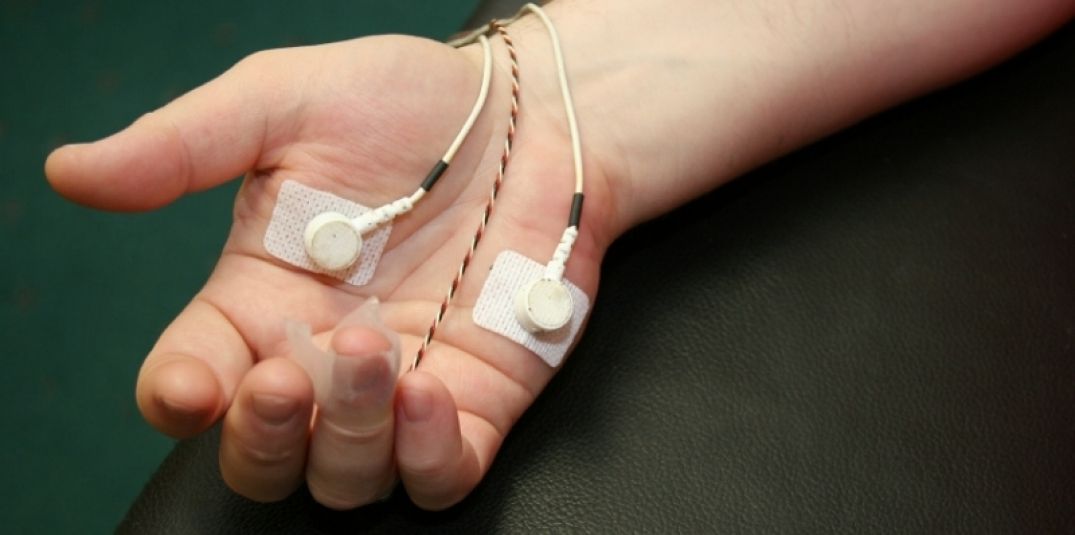Publication
Article
Internal Medicine World Report
Biofeedback Helps Relieve Stubborn Pain Symptoms
Author(s):
The expanded use of biofeedback can provide multiple benefits for patients who report issues ranging from headaches to neck pain and muscle tension.

The expanded use of biofeedback can provide multiple benefits for patients who report issues ranging from headaches to neck pain and muscle tension, according to a recent study published in Current Pain Perspectives.
In addition to relieving common aches and pains related to stress, study author Anthony Whitney, MS, LMHC, BCB, of the Structured Intensive Multidisciplinary Program and Psychology Department at St. Luke’s Rehabilitation Institute in Spokane, WA, said biofeedback can aid patients with traumatic injuries, sleep issues, anxiety, depression, or prior stoke.
“Biofeedback can stop this spiral by helping patients better recognize, understand, and control their physical, mental, and emotional responses,” he noted.
While biofeedback can relieve some symptoms, Whitney said the technique is neither a quick fix nor the only treatment that can help improve any number of conditions.
“It’s important to let patients know that there is no ‘magic’ treatment, medication, or surgery for chronic pain,” he wrote in the study, noting the misconception can lead to dissatisfied patients who may seek other treatment options in hopes of faster resolution.
While there are many misunderstandings on when and how to best utilize biofeedback, Whitney said the ideal patients for the treatment include those who have high pain complaints on a regular basis, suffer from pain that worsens even with treatment, and discontinue physical therapy when it becomes too painful.
The process for biofeedback generally begins with a patient evaluation, which Whitney said takes 60-90 minutes and involves gathering a medical history, assessing motivation, and establishing treatment goals. Then, biofeedback treatment sessions lasting up to an hour are scheduled as often as once or twice a week. Although most patients are able to end the treatment between 12 and 24 sessions, some return on a less regular basis for what Whitney called “booster sessions.”
According to Whitney, biofeedback sensors are able to cover large portions of the body and provide a wide range of information to patients and doctors. Some sensors can be used on the scalp to track brain activity or around the abdomen to check respiratory rates or hypertension, while others can register muscle contraction or the efficiency of sweat glands.
However, Whitney said much of the treatment depends on the patient’s reactions. Among those suffering from muscle tension, for example, information from the sensors is able to display tension levels based on images on the doctor’s computer or sounds that indicate tension or relaxation.
“Each form of feedback enables physical observations to become more apparent to the patient, which in turn improves mind-body awareness,” Whitney observed.





